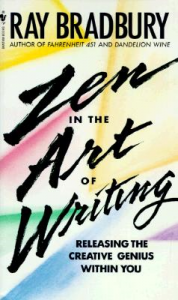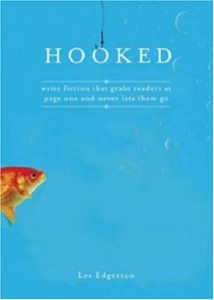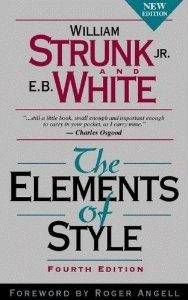You know the feeling. Maybe you were playing a sport or a musical instrument; maybe you experienced it at work or in church. I’m talking about that experience of being in the zone, in the moment. Runners call it the “second wind.” Everything’s going well and you’re super-productive, almost flawless, and you’ve lost complete track of time. How cool, how sweet, is that?
When writers experience it, words come out without effort; there’s a lack of awareness of surroundings and the passage of time; and the prose is better. It’s as if writer and muse are one. If you’re like me and writing is a part-time hobby, then the precious time available for it needs to be maximized somehow. It’s desirable to spend as much time in the zone as possible.
According to this Wikipedia article, the psychological term is “flow.” It was coined by Mihály Csíkszentmihályi, and there are ten associated factors (though not all are required):
- Clear goals
- Concentrating within a limited field of attention
- A loss of the feeling of self-consciousness
- Distorted sense of time
- Direct and immediate feedback
- Balance between ability level and challenge
- A sense of personal control over the activity
- The activity is intrinsically rewarding, so there is an effortlessness of action.
- A lack of awareness of bodily needs
- Absorption into the activity, narrowing of the focus of awareness down to the activity itself
So how can a writer intentionally bring about this state of mind? For me, preparation is the key. I find I can make the flow more likely if (1) I’ve prepared a story outline so I know the general direction I’m heading, and (2) I’ve previously thought about the story during “down time.” Down time is when I’m doing an activity that doesn’t involve intense concentration, an activity such as commuting to or from work, mowing the lawn, and taking a shower. It’s during these periods when I think about the scenes, characters, dialogue, and plot. If I’ve done that, my mind is ready to write when I have time available. I’m much more likely to get in the flow.
You might be different. Some writers can induce the flow by playing music, by writing in the same spot and at the same time each day, or even by burning incense or setting out potpourri.
Unfortunately, it’s hit-or-miss getting into the flow, and very easy to get kicked out of it. One way to get kicked out is to decide, as you’re writing, that you need to do some research. This is a tempting urge, and can be more enjoyable than writing. Sadly, it is a huge time sink, and there’s really no need to have it spoil your flow. In my January 30 blog entry, I suggested something I called “bracket research.” Just take the question you want to investigate and put it in brackets, or highlight the text yellow, or do something to distinguish it. You can stay in the flow and keep going, then do the research later.
Another dangerous practice that will kick you of the flow is to pause and self-edit too much. You can do that later. For now, just let words flow. I don’t know a really good cure for that, but I suspect participating in NaNoWriMo, the National Novel Writing Month, is one way to cure yourself of that urge.
I hope you can experience and maximize the flow in all your favorite activities. Good luck! I suppose I should know something about flow; after all, I’m–
Poseidon’s Scribe



